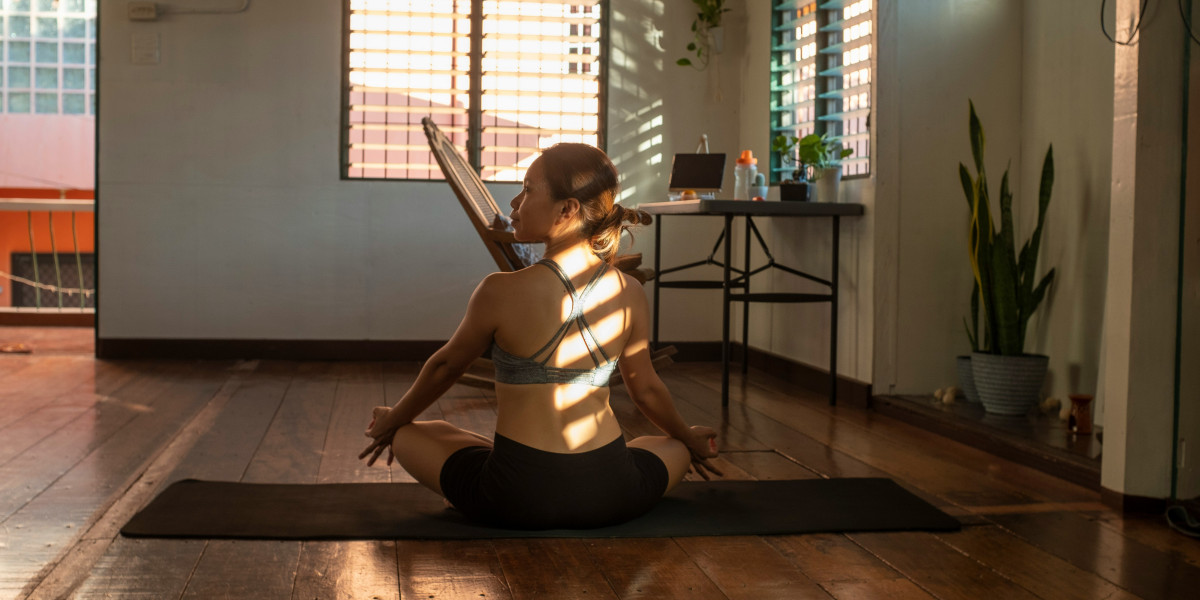Choosing a yoga teaching course bali retreat is more than just selecting a destination. It’s a deeply personal decision that can shape your path as a teacher, transform your practice, and influence your perspective on life. For many aspiring yoga instructors, Bali has become a beacon—a place where ancient wisdom and tropical serenity blend into an ideal environment for self-discovery and growth.
But the abundance of options can be overwhelming. From Ubud’s jungle sanctuaries to Canggu’s beachfront retreats, how do you find the right one for you? The truth is, not all yoga teacher training programs are created equal. Whether you're going to Bali for the first time or you're a seasoned traveler, understanding what makes a retreat truly aligned with your goals is essential.
Here’s a comprehensive guide to help you choose the right yoga teacher training retreat in Bali.
1. Clarify Your Intention
Before diving into research, take a moment to reflect on why you want to do a yoga teacher training. Is it to deepen your personal practice, to become a certified teacher, or to reconnect with yourself in a meaningful way? Your intention will be your compass.
Some trainings are highly technical and geared toward teaching methodology, while others emphasize spiritual growth or the traditional roots of yoga. Knowing your “why” will help you choose a program that resonates with your purpose.
2. Understand the Certification
Most serious YTT programs offer a 200-hour certification approved by Yoga Alliance. This certification is widely recognized and often required if you want to teach yoga professionally. However, not all Yoga Alliance certified schools are the same. Look at the course syllabus. A well-rounded training should include:
· Yoga philosophy and history
· Anatomy and physiology
· Asanas (postures) and alignment
· Pranayama (breathwork)
· Meditation
· Teaching methodology
· Practicum (practice teaching)
Some schools focus more on vinyasa flow, others on hatha, yin, ashtanga, or a fusion. Make sure the style you want to learn matches what’s being taught.
3. Vet the Teachers
Your experience will be shaped largely by who is leading the training. Look for lead instructors with a strong foundation, not just in physical practice but also in yoga philosophy and teaching experience. Read bios, watch videos if available, and look for testimonials from former students.
It’s worth considering whether the teachers live in Bali or fly in for seasonal trainings. Teachers who are immersed in the local culture often bring a deeper connection to the space, traditions, and energy of the island.
4. Consider the Location in Bali
Bali is not just one monolithic experience. Each region offers a different atmosphere, which can affect your overall retreat experience.
Ubud is known as Bali’s spiritual heart. Surrounded by rice fields and rainforests, it's quiet, culturally rich, and full of holistic health options.
Canggu is more modern and social, with surfer vibes, beach clubs, and healthy cafes. Ideal if you want a mix of learning and lifestyle.
Sidemen and Amed offer off-the-beaten-path tranquility, ideal for those seeking solitude and deep immersion.
Think about the environment you thrive in. Are you looking for introspection in nature, or are you more energized by community and social interaction?
5. Look Into Accommodation and Food
You’ll be spending a few intense weeks at the retreat, so your living conditions matter. Check if the training offers accommodation, and if so, what kind. Some are luxurious eco-resorts, while others are simple ashram-style lodges. Read reviews and look at photos—not all listings show the full picture.
Food is another important factor. Most YTTs in Bali offer plant-based or vegetarian meals. Make sure you’re comfortable with the food style and that any dietary needs can be accommodated. Nutritious meals will help fuel your body through the long days of practice and study.
6. Reflect on the Schedule and Intensity
Yoga teacher training is not a vacation. The days are often long—starting at dawn with meditation or asana practice, followed by theory classes, teaching workshops, and group discussions.
Some programs are immersive and intense, running for 3–4 weeks straight with minimal downtime. Others are spread out over a few months, allowing for more integration and rest. Consider your learning style and energy levels. Do you prefer to be fully immersed, or would you benefit from a slower pace?
7. Check the Class Size
The size of the group can drastically shape your experience. A small group (10–15 people) usually means more personalized feedback, deeper connections, and a tighter sense of community. Larger groups may offer more diversity and energy but less one-on-one attention.
Decide what kind of environment will best support your learning and emotional journey.
8. Think Beyond the Training
A good yoga teacher training isn’t just about getting a certificate—it’s about stepping into a new chapter. Some retreats offer post-training support, alumni groups, or mentoring. Ask if there’s ongoing guidance after the training ends. The transition from student to teacher can feel daunting, and having a network of support can make a big difference.
9. Trust Your Gut
Sometimes it all comes down to intuition. After you’ve done the research, read the reviews, compared the curriculums, and maybe even spoken to past attendees—pause. Take a deep breath and listen to your gut. Which program feels like it speaks directly to your heart?
Yoga is about connection—to yourself, to others, and to the world around you. The right training will feel aligned not just on paper but in your soul.
In Closing
Bali is more than just a backdrop for your yoga journey. It’s a living, breathing teacher itself. From the sacred ceremonies to the hum of the jungle and the warmth of the Balinese people, the island holds space for transformation in a way few places do.
Maa Shakti Yog Bali is your peaceful retreat in Bali, dedicated to nurturing body, mind, and spirit through authentic yoga and meditation. Our experienced instructors offer personalized classes for all levels, helping you find balance, strength, and inner peace. Join our community to experience holistic wellness and the transformative energy of Bali.







